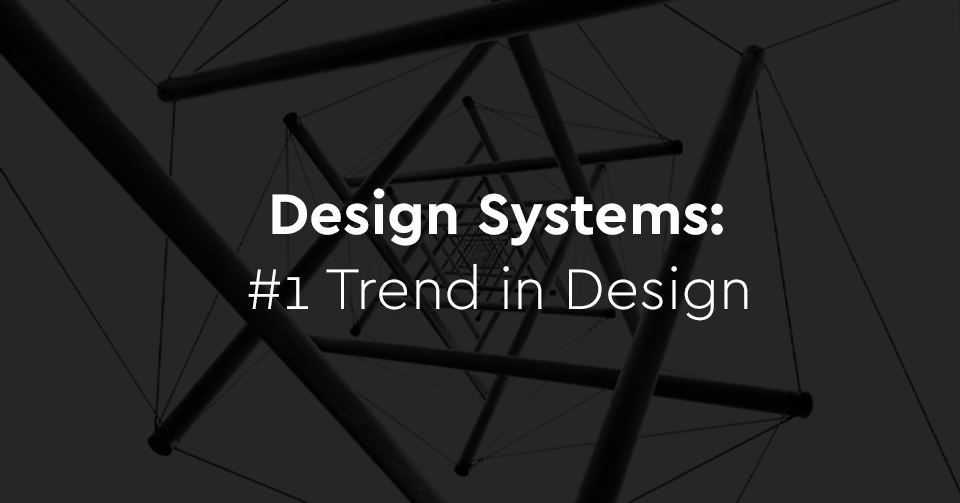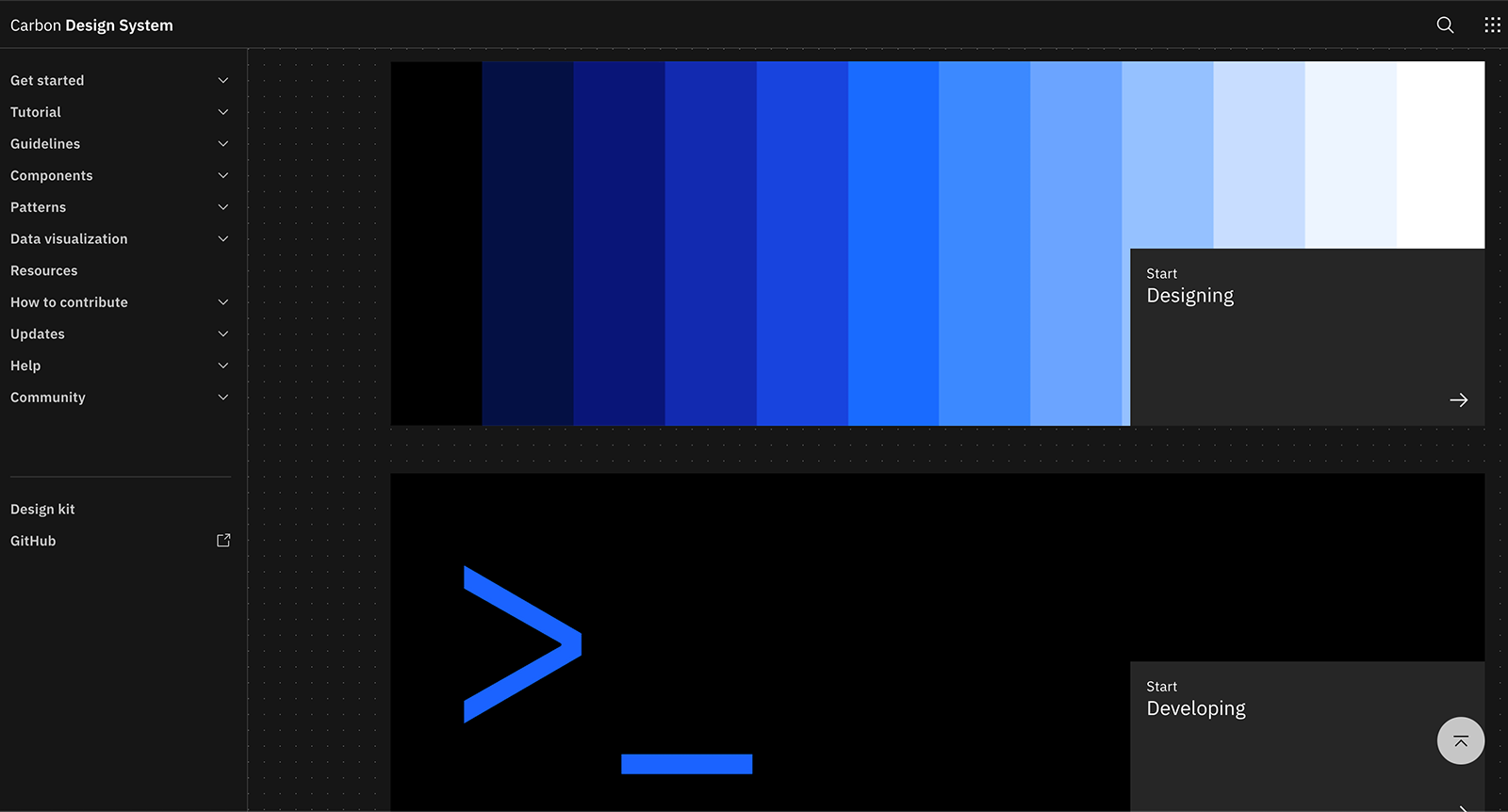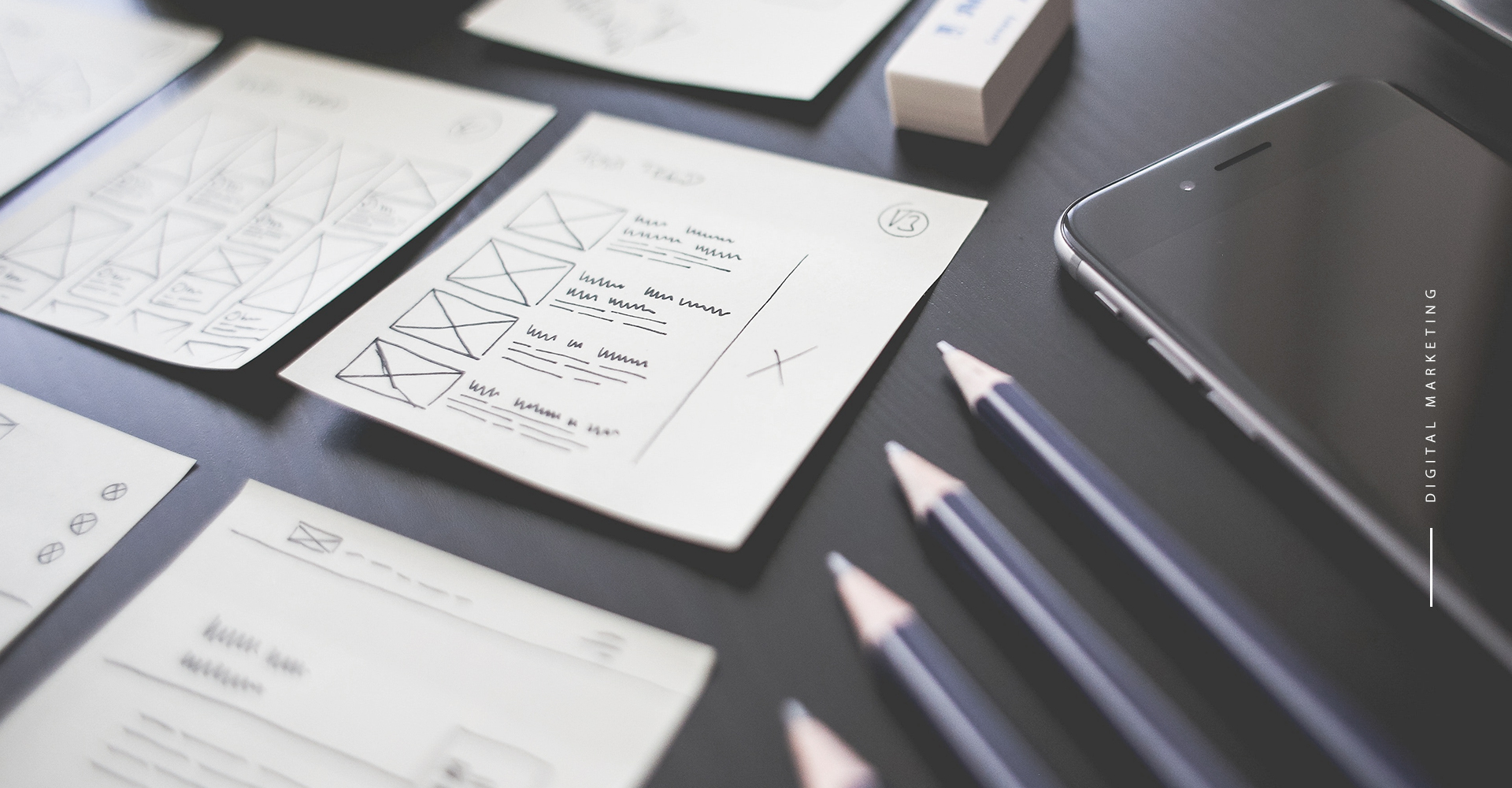Design Systems are an upcoming trend in the field of designing and implementing digital products and rightly so, since the companies that integrate them into their processes, benefit from design systems in multiple ways.
Google, Airbnb, Audi and the English government are some of the organizations that have adopted a design system for the design and implementation of all their digital products.
Let's start with the basics. When there was no internet, there were just physical products. And what lessons can we learn from the design of physical products? But of course, that integrating a system with a common communication language, universal terms and goals can help with the implementation of consistent products, in terms of design, faster.
Now, you might be thinking what does all this have to do with digital? What is the biggest challenge you face as an organization regarding your digital presence?
The answer, 9 out of 10 times, is consistency. Both in terms of design and implementation.
This inconsistency appears because various teams and companies manage different products over time that that belong to the organization or company in question. As a result, each team reflects each message or command in a different manner.
Thus, frequently the online presence of a company ends up looking something like this:
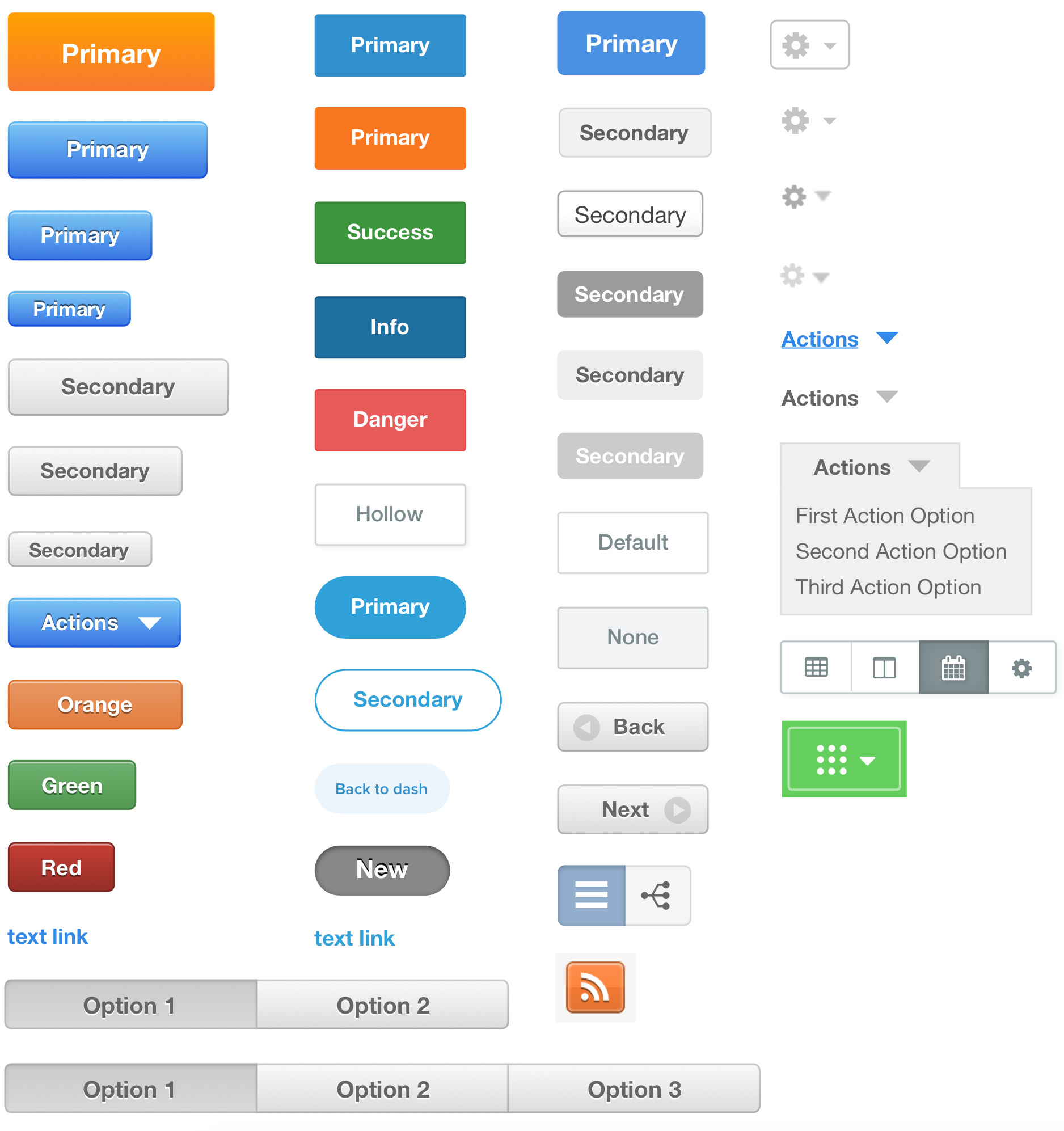
The image above shows over fifteen variations of a CTA button, four variations of a Settings module and an array of functional modules and buttons with a completely different design. In the past, these design elements co-existed on HubSpot's digital properties, creating issues not only for users but also project teams until they created Hubspot Canvas!
What Is A Design System?
A "design system" consists of reusable and integrated components governed by clear standards and best practices. These components can be assembled to build any number of products or applications.
Often Design Systems include the following components:
- Style Guide
- Component Library
- Editorial Guidelines
- Patterns Guide
The above elements compose a common language of communication that is used between the teams working on a project. So, everyone involved in a project knows exactly what to do and how to do it. Now, there are many who see the guidance offered by design systems as an obstacle to creativity and evolution.
However, the purpose of the above system is to free up time for designers and developers to do what they do best instead of spending their time on how to render yet another button, that has already been designed and it is still functioning. In this way, the production time of a project is significantly reduced and so is the budget that will be spent.
See the example of IBM's Carbon Design System:
As well as the Design System used by the Australian Government:
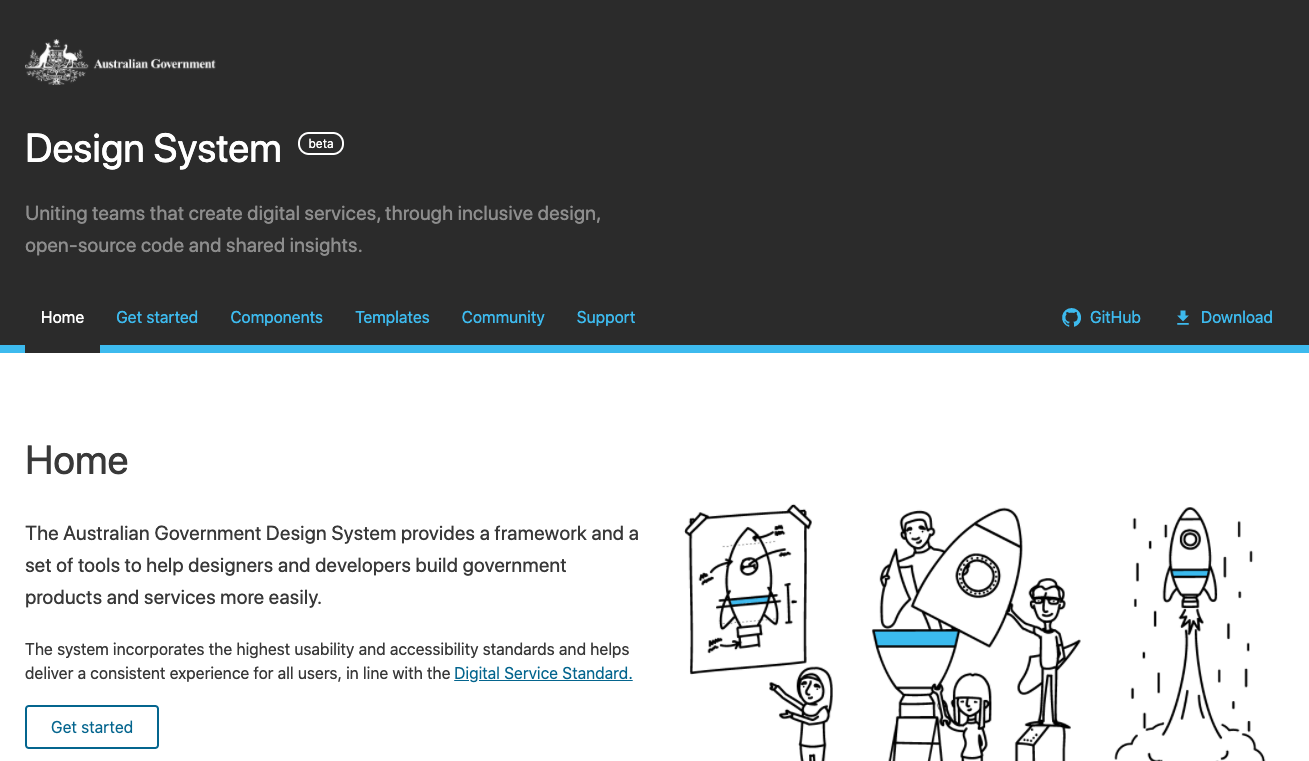
The Benefits of Design Systems
To sum up, the adoption of a design system offers the following advantages:
- Provides a single source of truth
- Increases consistency
- Accelerates prototyping and iterations
- Improves user experience and usability
- Scales the development of design teams
- Decreases maintenance
- Saves time and money
How To Build A Design System
The team that is responsible for creating a design system consists of:
- Product Owners
- UX Designers
- UI Designers
- Frond End Developers
- Content Strategists
This team will be able to define, design and maintain all the elements that make up a complete Design System, which will be used as a common communication code for those involved in designing and maintaining your company's online properties.
Learn more about our Web Design and Development Services and contact us to discuss your company's needs.

